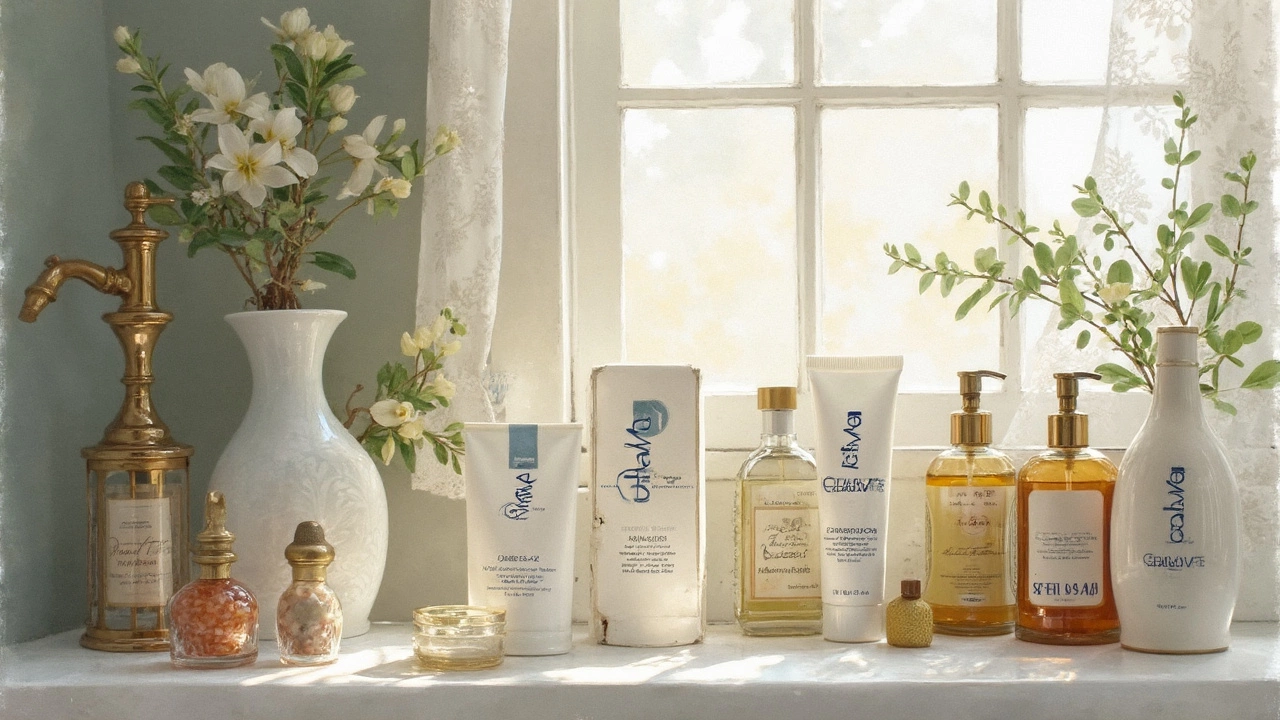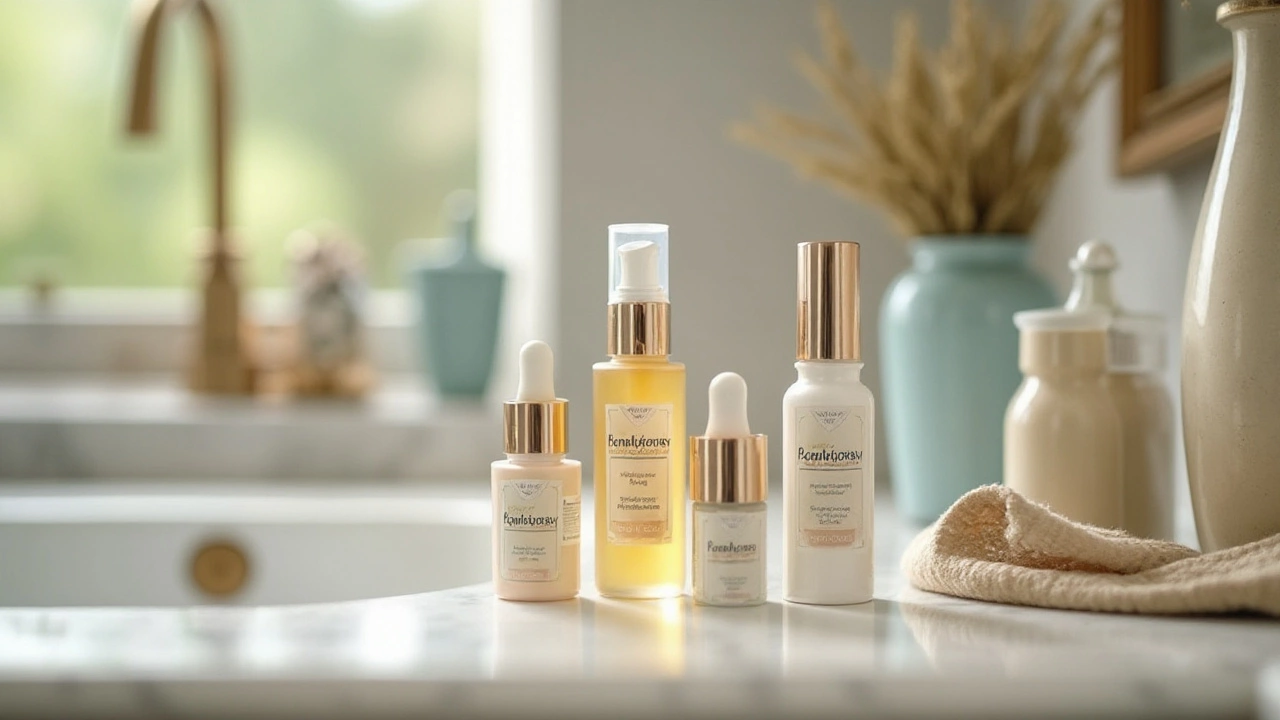Skincare Products You Need to Know for 2025
Feeling overwhelmed by the endless rows of serums, creams, and masks? You’re not alone. The right skincare products can boost your confidence, but only if you know which ones actually deliver results. Below you’ll find simple, evidence‑backed advice that cuts through the hype and helps you build a routine that works for your skin.
Build a Solid Foundation: Sunscreen, Retinoids & More
The first rule of any good routine is protection. A broad‑spectrum sunscreen with at least SPF 30 should be the first step every morning, no matter the weather. Pair it with a retinoid at night – whether it’s a prescription strength or a gentle over‑the‑counter product – to support collagen production and smooth fine lines. This duo forms the "holy grail" of anti‑aging, as highlighted in our recent guide on anti‑aging science.
Beyond sun and retinoids, think about muscle relaxation, sleep quality, and nutrition. All of them boost skin health from the inside out, so you don’t have to rely on a magic cream to see improvement.
Choosing Natural Products That Actually Work
Natural doesn’t always mean effective, but some ingredients have solid proof behind them. Manuka honey, jojoba oil, colloidal oatmeal, and green‑tea extract consistently show soothing and antioxidant benefits. If you have dry or sensitive skin, look for products that list these ingredients near the top of the label.
When shopping, ask yourself: does the product claim to be "natural" or "organic"? Our comparison of organic vs natural skincare explains the subtle but important differences, helping you avoid green‑washing and choose truly skin‑friendly formulas.
For those who love a minimalist approach, a basic routine can be as simple as:
- Morning: Cleanser → Vitamin C serum → Sunscreen
- Evening: Cleanser → Retinoid → Moisturizer with hyaluronic acid or a natural oil
This order ensures each product can work without being blocked by the next one, a tip drawn from our "Best Skin Care Routine Order" guide.
When it comes to moisturizers, ask if the lotion counts as a cosmetic. It does, but the key is the ingredient list. Look for ceramides, glycerin, and non‑comedogenic oils. Avoid heavy mineral oils if you’re prone to breakouts.
Now, let’s tackle a common question: are anti‑aging creams worth it? The short answer: they work when they contain proven actives like retinol, peptides, and niacinamide. Anything promising instant “miracle” results is likely hype. Focus on consistent use and combine creams with the protective steps above.
Finally, keep an eye on the newest trends without getting swept away. 2025 is seeing a rise in non‑toxic, clean beauty options. Brands that prioritize safe, non‑toxic ingredients are gaining traction, and many of them have been featured in our "Healthiest Beauty Products" roundup.
By sticking to these practical guidelines – sunscreen first, retinoid at night, natural actives where they fit, and a simple, well‑ordered routine – you’ll get the most out of any skincare product you choose. No need for endless product swapping; just focus on the fundamentals and watch your skin improve day by day.
Birchbox Subscription Box: What It Offers and How It Works
Discover what Birchbox delivers each month, its pricing, personalization process, and how it stacks up against other beauty subscription boxes.
Is CeraVe Medical Grade? Unraveling Professional Skincare
CeraVe, a popular skincare brand, often raises the question of whether it qualifies as medical grade. Understanding what 'medical grade' means is key to addressing this. While CeraVe is not technically medical grade, it is formulated with dermatologist-approved, beneficial ingredients. This article explores the effectiveness of CeraVe and its place in skincare routines.
The Essential Guide to Buying Medical Grade Skincare Products
Navigating the vast world of skincare can be daunting, especially when it comes to deciding whether to invest in medical grade products. This guide delves into the differences between over-the-counter and medical grade skincare, examining the potential benefits and drawbacks. Discover how these products work, what makes them unique, and whether they are worth the investment for your skin health. By understanding these factors, you can make informed decisions on how to best care for your skin.


